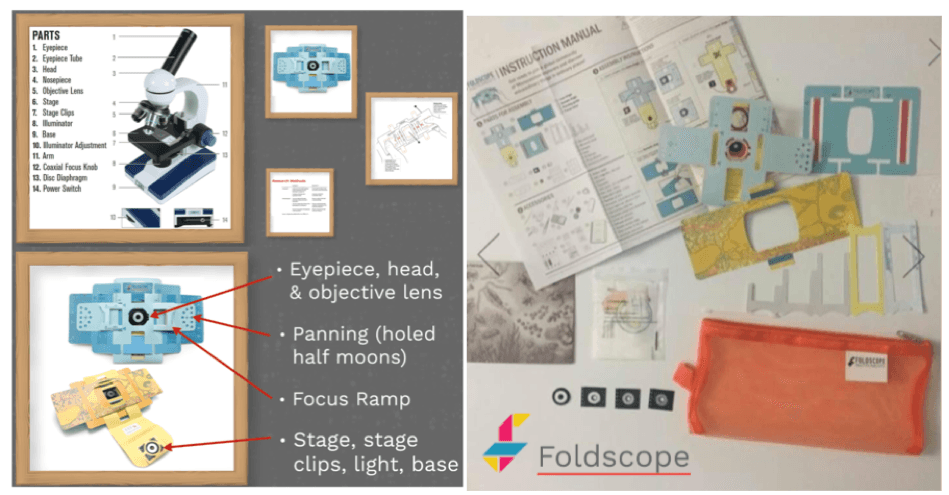By: Emma Rico, Teays Valley High School STEM Club Mentor
Photo: Emma Rico leads the honey sampling station
Over the past year, I have been fortunate enough to be able to be apart of the STEM Club mentoring program at Teays Valley Elementary School Buildings. The program engages young minds in STEM challenges while stressing the importance of the science fields and problem solving skills. I watched the students eyes sparkle with curiosity and saw each grow as a student and an individual. However, when I’ve assisted with teaching the students, I also learned a couple extra things. I not only learned things in relation to the science topic that day (which I found very interesting), but I also learned more about myself. There is something about nurturing the minds of others that allows me to see myself more clearly and to impact others. The STEM mentoring program has allowed me to stretch my mind and the minds of others.
Photo taken by Emma Rico, bee keeper Louise Adkins leads discussion on bee anatomy.
This April the elementary students learned about the community, function, and purpose of one of the oldest creatures on earth: bees. With the help of OSU Extension, the Scioto Valley Beekeepers Association, Teays Valley School District, and a senior high school student, Erin Robinski, we have been able to teach the importance of bees and what we can do to help them survive in today’s changing environment.
Video produced by Emma Rico
We started off with a brief introduction by Tina Bobeck on the importance of bees being pollinators and the other variety of pollinators that exists, such as hummingbirds and bats, but also by monkeys, marsupials, lemurs, bears, rabbits, deer, rodents, lizards, and other animals. We learned surprising facts such that there are over five-hundred different types of bees that live in Ohio alone. The students also discovered some medical benefits from honeybee products, such as honey, bee pollen, propolis, Royal jelly, beeswax, and bee venom, have all long been used in traditional medicine.
Photo by Emma Rico, Louise Adkins showing off honeybee products to students.
Erin Robinski provided a short presentation to the students on what flowers to plant to help the bees in our area. The program was fortunate to have the president of the Scioto Valley Beekeepers, Louise Adkins, talk to the students about the anatomy of the bee and what makes them unique. The students learned that bees have five eyes, communicate with their antennas, can see ultra light, and do not have lungs. (Instead, bees draw in oxygen through holes in their bodies known as spiracles and pump the oxygen through a system of increasingly tiny tubes that deliver oxygen directly to tissues and muscles!) The students were eager to learn more during this portion and tended to ask more questions then the program allotted for, but we appreciated the inquiring minds.
Photo taken by Emma Rico, Observation Hive built by bee keeper Tom Zwayer.
We also had the Vice President of the Scioto Valley Beekeepers, Tom Zwayer, talk to the students about the role of a beekeeper and how the hive functions. Zwayer share the bee hive history to the students. In the 1800s Lorenzo Langstroth, an American apiarist, clergyman, and teacher created the modern day beehive used today. Langstroth is considered the “father of American beekeeping (and lived most in life here in Ohio.) The students also learned how bees are very protective of their home and do not like outsiders. They were shown how beekeepers can add an accessory to a hive’s entry point to confuse outside insects and bees by changing the “front door” access point. Beekeepers also set internal traps in the hive to catch unwanted mites and beetles that can harm the hive and bees. The students were able to try on the beekeeper suits, look at some real bees in the observation hive, try honey, and ask more questions of our local bee experts. They even came up with questions that I had not even thought of!
Photo by Meghan Thoreau, students trying on beekeeper suits, O-H-I-O.
I think the bee program was one of my favorite STEM themes, because the students were able to learn about how small creatures keep our world alive. In addition, the students learned how they can help bees through planting local pollinators as well as growing food and treating for pests more sustainably. It doesn’t take much to make a big differences for bees. I feel honored to be able to influence young students in exploring STEM fields. It is an opportunity that I wish I could have been involved in more during high school. This program has allowed me to be more involved in the community, help ignite the flame of curiosity, and learn more about how the world around me works. It is one of the things that I will miss after graduation, but I hope that these young STEM students will grow and make real transformative impacts to come in our future!






